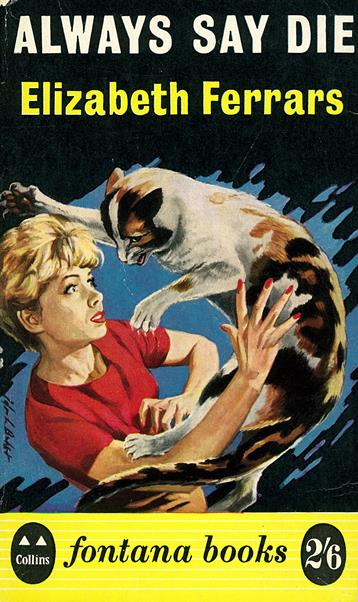File these under, "I don't like the books, but oh boy, do I like the covers!" Someone must have loved the series back-in-the-day however, because I found these as a set on a charity bookstall.
Morning at Jalna (1963)
1863 -
South of the Canadian border from Jalna, the American Civil War rages.Into the peaceful, budding Ontario settlement come intriguing visitors with the polished manners and soft accents of Old Carolina—Are these elegant newcomers genuine fugitives from war, or, far more alarming to Philip and Adeline Whiteoak, are they agents of the slave-trading Confederate States?
Whiteoak Harvest (1962)
RENNY and his wife ALAYNE—their marriage near disaster...
FINCH and SARAH return from their honeymoon to upset the household with Eden Whiteoak's love-child...
WAKEFIELD, engaged to Pauline Lebraux, but tormented by religious doubts...
A complete and captivating story in its own right, Whiteoak Harvest is one of the famous WHITEOAKS series—world sales total over twelve million books!
Wakefield's Course (1963)
'You must tell her who she is—and that you can't marry her'Two star-crossed lovers face an agonizing decision in this surging episode of one of fiction's best-loved families—
The Whiteoaks of Jalna
Young Renny (1962)

'I thought I was dead to men till you came along'
A strong and compelling story of the Whiteoaks of Jalna—of a bitter feud, and a shattered love—and of Renny in his fiery youth and first passion.
YOUNG FINCH—AND $100,000
At twenty-one Finch Whiteoak, proud, sensitive, reckless, becomes the bewildered inheritor of his grandmother's fortune.
In this enthralling episode from the Whiteoaks saga, the ever generous Finch takes his two Uncles to England, and against a lovely Devonshire background, falls in and out of love with the bewitching Sarah Court—suffering all the youthful agonies of disillusion and frustrated passion.
Mary Wakefield (1965)

EARLY DAYS AT JALNASecond of the world-famous, world-loved "Whiteoaks" novels, MARY WAKEFIELD tells of the beautiful young governess who came to Jalna in the warm summer of 1893 and of the struggle that awaited her with the pillars of the Whiteoak family, still dominated by the matriarch Adeline...
Soon Mary became the centre of a family dispute, and it was not until a flood of emotions both violent and tender had been released that life at Jalna could resume its fertile course.
Whiteoak Heritage (1966)
The New Master of Jalna
Captain Renny Whiteoak returns from World War I to find a challenging heritage:
His father and step-mother have died.
The old uncles, Ernest and Nicholas, have been running the estate with a blissful disregard of economics.
Young Eden, now a student, is involved in a strange and damaging love affair.
To help put Jalna on its feet, Renny employs a brash and beautiful horse-woman, and soon finds that he too is in love...
Old Adeline wants to see Renny happily married—but who can fill the role of mistress of Jalna?















